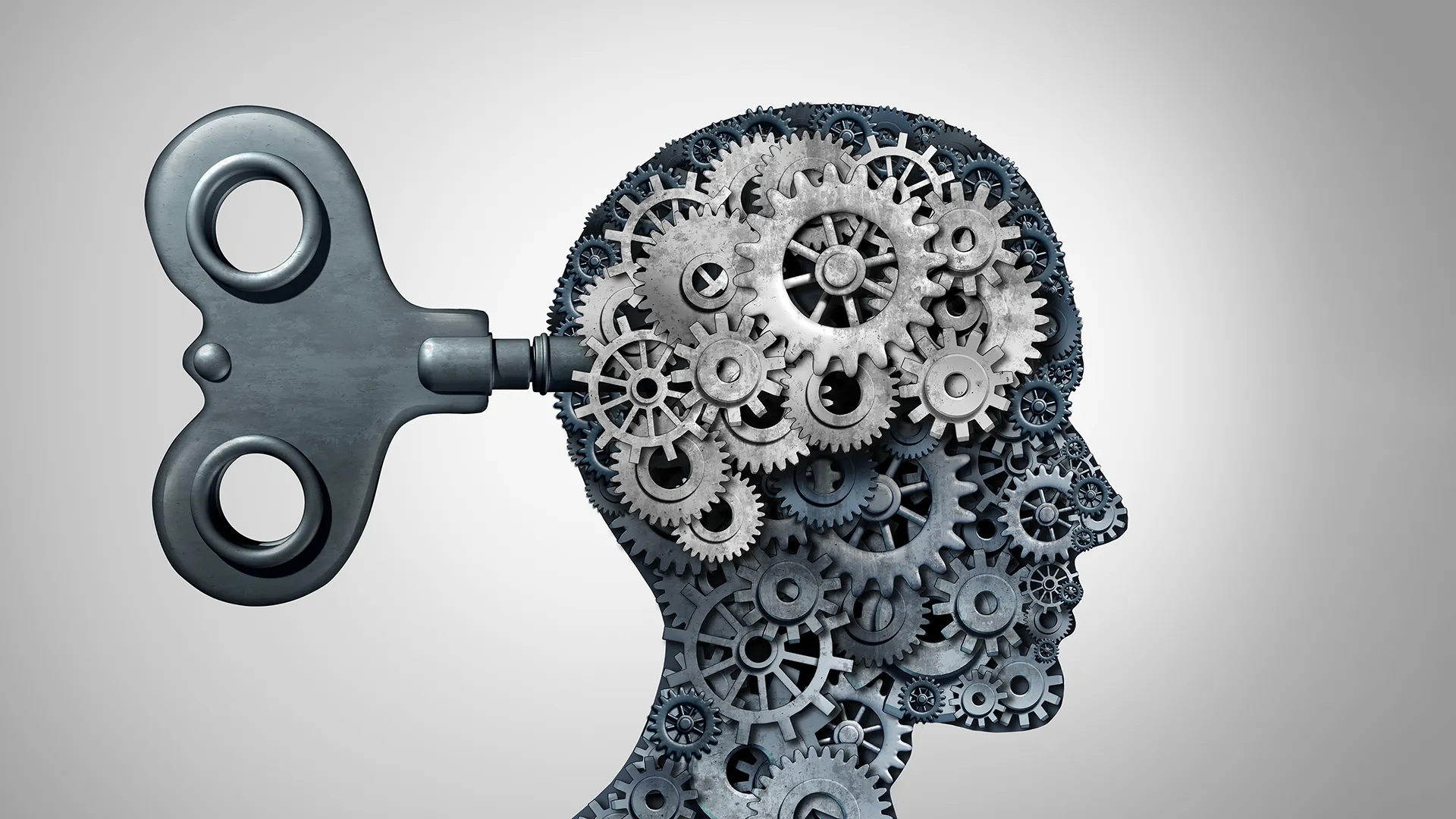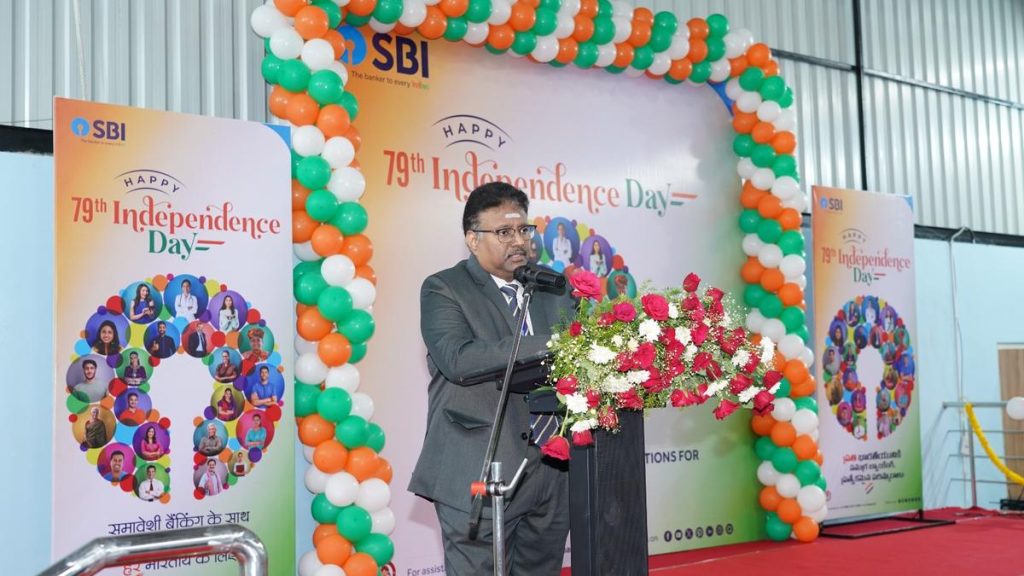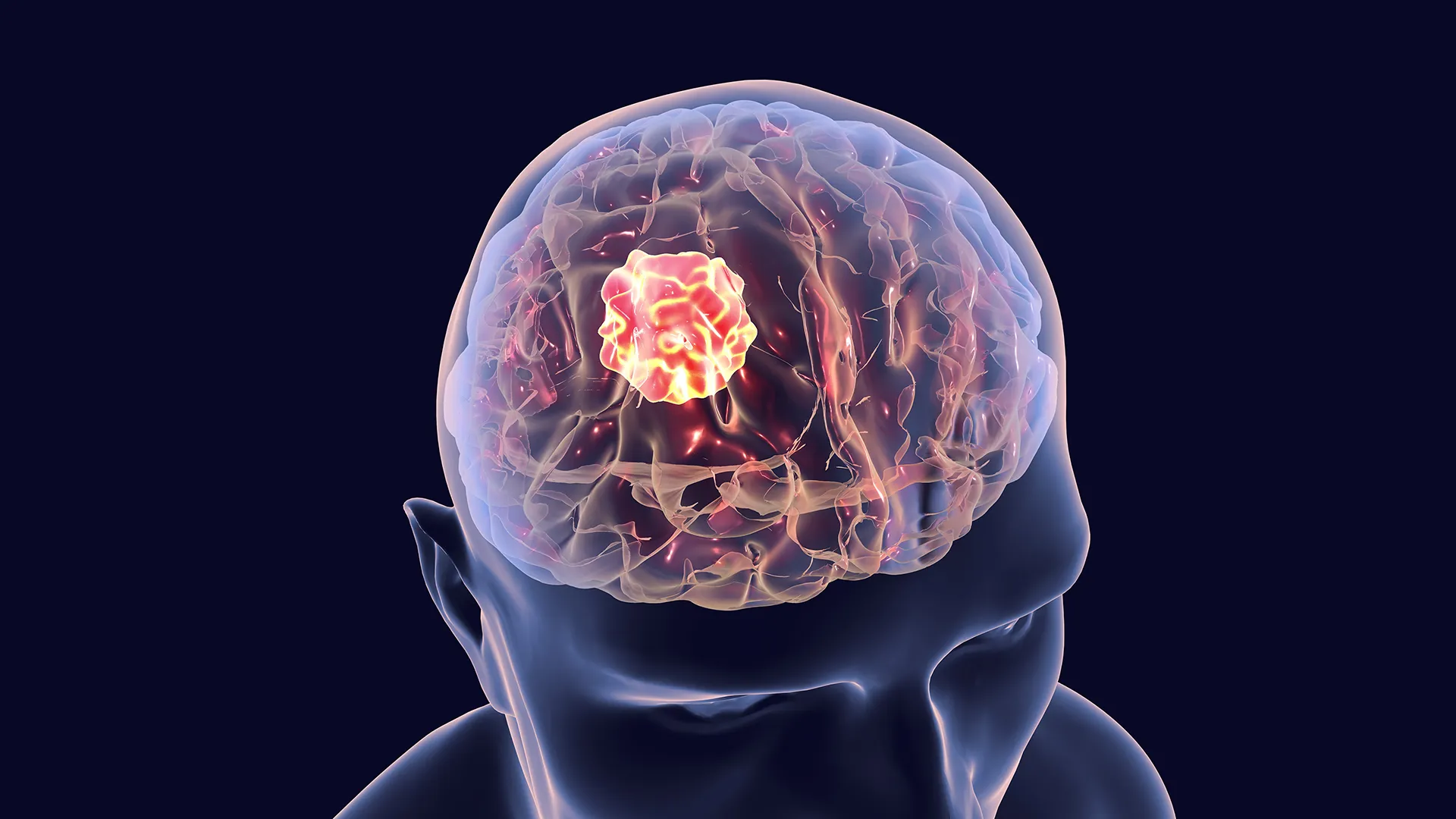Now Reading: Your Brain’s Dopamine Clock: Predicting Moments of Joy
-
01
Your Brain’s Dopamine Clock: Predicting Moments of Joy
Your Brain’s Dopamine Clock: Predicting Moments of Joy

Swift Summary
- Teh ventral tegmental area (VTA) in the brain produces dopamine,which is essential for processing rewards and predicting them based on contextual cues.
- A collaborative study by researchers from UNIGE, Harvard University, and McGill University reveals that the VTA encodes not only anticipated rewards but also their precise timing.
- Experiments show the VTA releases dopamine in response to predictive signals rather than at the time of receiving a reward.
- Researchers discovered diverse neurons within the VTA encode rewards across different time scales-from immediate to distant future contexts-adding flexibility to learning systems.
- There’s a close interaction between neuroscience and artificial intelligence: mathematical algorithms inspired by machine learning helped analyse neurophysiological data collected during this study.
Indian Opinion Analysis
The findings about the ventral tegmental area (VTA) offer deeper insights into how humans process motivation, adaptability, and decision-making-a core element of cognitive behavior.This research bridges neuroscience with machine learning principles, showing how AI tools can enhance our understanding of complex brain functions. For india, such discoveries are notable as they align with global trends toward integrating artificial intelligence into life sciences research. Given India’s push for technological advancement and investment into AI-driven healthcare solutions, developing similar interdisciplinary collaborations could pave avenues for innovation in behavioral science research while fostering expertise on a global scale.


























